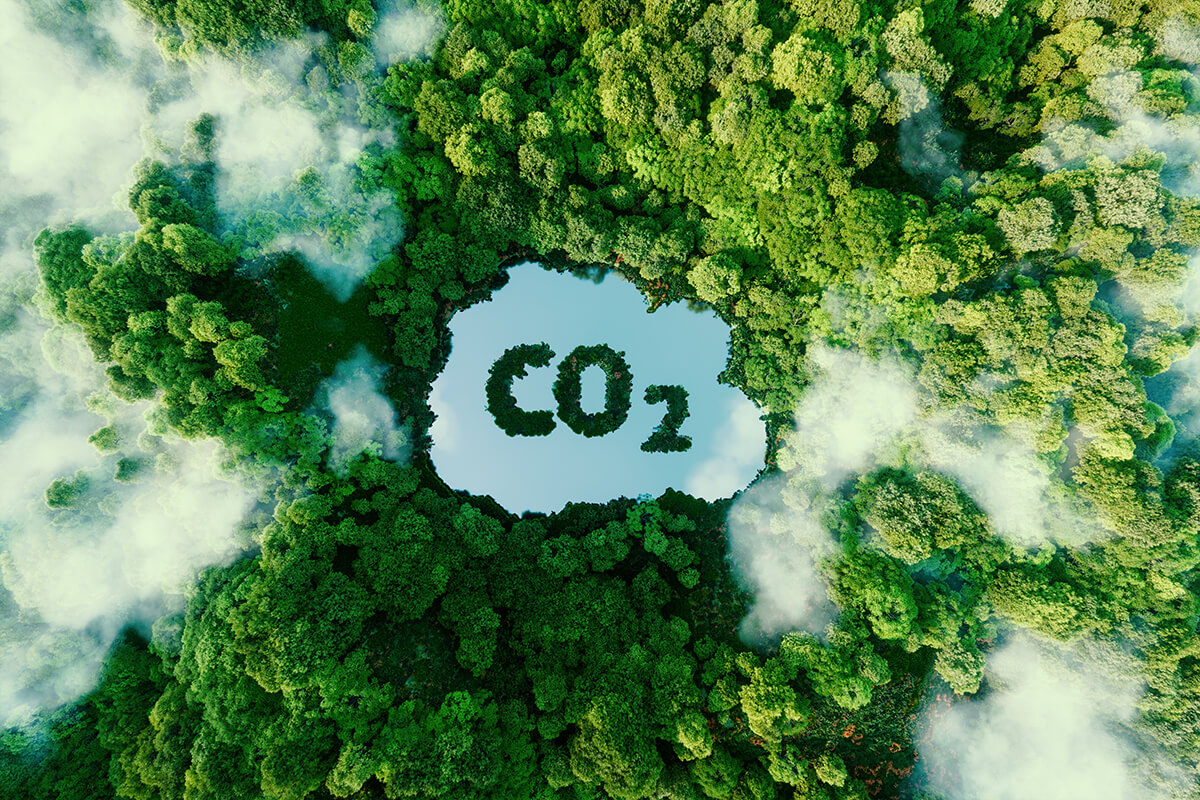A Sustainable Innovation for Drug Seizure & Biochemical Destruction
Revolutionizing the destruction of seized drugs, biochemicals, and fireworks with our advanced unit
Our new innovation is quickly becoming a new and environmentally friendly way to get rid of drugs, biochemicals, and fireworks that have been seized. This cutting-edge technology provides an eco-friendly and zero CO₂ emission alternative to conventional disposal methods, significantly reducing environmental harm.
Current Methods of Destroying Seized Drugs, Biochemicals, and Fireworks
Today, seized drugs, hazardous biochemicals, and confiscated fireworks are commonly destroyed using methods such as incineration or chemical treatment. These traditional techniques have significant drawbacks:
- Incineration: Releases toxic fumes, greenhouse gases, and particulate matter into the atmosphere, contributing to air pollution and climate change.
- Chemical Treatment: Can leave behind hazardous byproducts that pose risks to human health and the environment.
- Burial or Dumping: In some cases, illicit drugs or hazardous materials are disposed of in landfills or buried, leading to groundwater contamination and long-term ecological damage.
The demand for a more sustainable, efficient, and environmentally safe method has led to the rise to the question is there an innovative approach that effectively neutralizes hazardous substances without harming the environment.
Safe and Sustainable Destruction
By breaking down organic and chemical compounds using a solution of water and alkali under elevated temperature and pressure. This method accelerates the natural decomposition process.
Key Advantages of our system Over Conventional Methods:
- Zero CO₂ Emissions – Unlike incineration, it does not release carbon dioxide or other harmful gases into the atmosphere.
- No Toxic Byproducts – The resulting liquid effluent is completely sterile and can be safely disposed of without environmental risks.
- On-Site Destruction – By eliminating the need for transportation and storage, our systems can be deployed on-site, thereby reducing logistical risks and costs.
- Highly Efficient – The process ensures complete breakdown of hazardous substances, leaving no trace of narcotics, chemicals, or explosive materials.
The Environmental Benefits
By utilizing our innovation, authorities and industries can significantly reduce their carbon footprint while ensuring the complete and safe destruction of hazardous substances. Unlike incineration, which contributes to air pollution and climate change, it is a sustainable and climate-friendly alternative that supports global efforts to reduce environmental harm.
AlkaEco b.v.: Pioneering innovations Multiple Applications
One of the leading companies driving innovation is AlkaEco b.v. Apart from creating immediate destruction units for drugs, biochemical substances, and fireworks, AlkaEco B.V. is also transforming human and animal cremation by implementing sustainable systems.
Their advanced innovations solutions provide an eco-friendly, energy-efficient, and cost-effective alternatives.
Conclusion: A Future Without Environmental Harm
With increasing concerns about climate change, pollution, and hazardous waste management, our innovations are setting a new standard for safe, sustainable, and efficient destruction methods. Governments, law enforcement agencies, and industries must embrace this technology to ensure a cleaner, greener, and more responsible approach to handling hazardous materials.
By replacing incineration and chemical treatments with our innovations, we can move towards a future that prioritizes both public safety and environmental sustainability.
